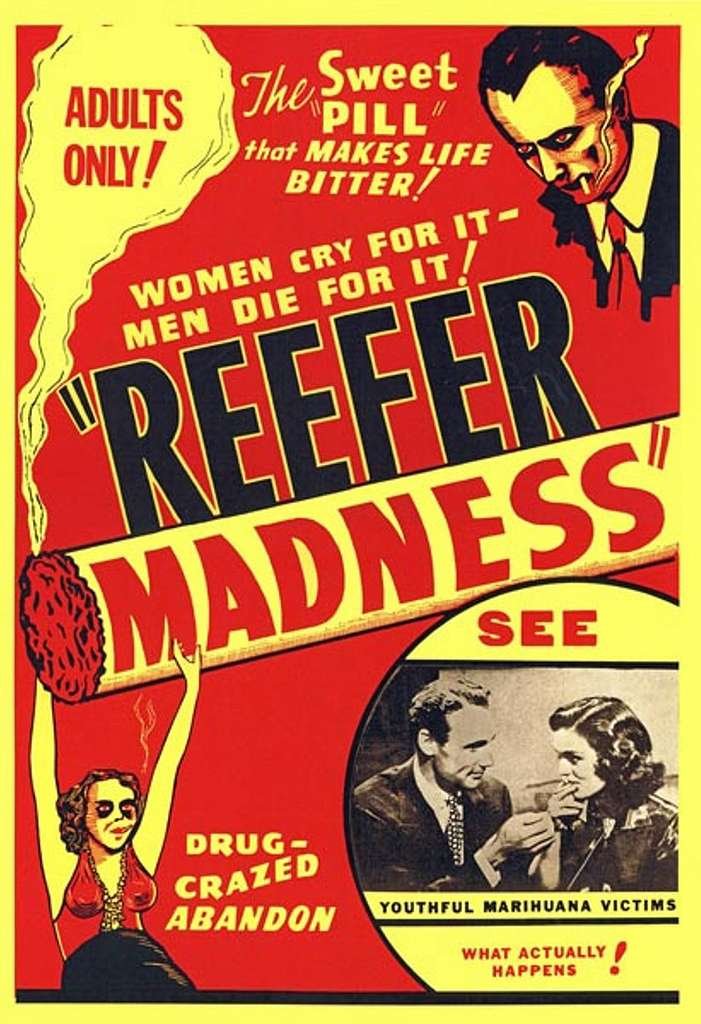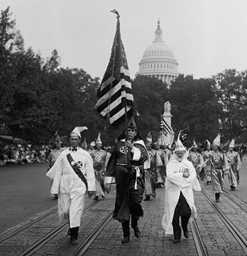In 1901, an Italian by the name of Luigi Galleani arrived in the United States. Though only forty years old, Galleani had already been kicked out of Italy, France, Switzerland, Egypt, and England for being an anarchist. At the time, anarchists were basically communists/socialists who believed that all government and sources of authority should be completely abolished. Pretty much the farthest left of what we today would call the far left. Many of them were also into free love, but that isn't really important or relevant to this story. Anyways, even amongst anarchists, Luigi was known as a radical due to his belief that the only way to bring about the dreamed of anarchist utopia was via violence. How did such a man even get into the U.S. you might ask? Well, nobody was really paying attention to things like that back then.
By the start of the twentieth century, violence by radical anarchists had been going on for some time, mostly in the form of assassination attempts on various government officials and the aristocracy in Europe. Such efforts claimed the lives of the czar of Russia, the president of France, the prime minister of Spain, the empress of Austria, and the king of Italy. The resulting crackdown led to many anarchists fleeing across the Atlantic to the United States, joining the millions of immigrants entering the country in hopes of finding a better life. At the time, the U.S. was in many ways a tinderbox. A combination of rapid industrialization and record immigration had resulted in a widening divide between rich and poor where the wealthy lived lives of luxury never before imagined and the poor just generally got shat on and treated like cogs in a giant machine. Growing labor unions fought with hired company thugs and called for tighter controls on immigration, and socialist and communist groups sprouted up like mushrooms across the country. Luigi fit right in, quickly becoming a leader in the growing American anarchist movement.
The same year Luigi arrived, an anarchist assassinated President McKinley, which as one would expect, resulted in a less then positive public view of the movement. Soon after, Luigi was shot in the face by police while calling for a general nationwide labor strike to overthrow the government. For Luigi, this meant that it was time for the gloves to come off. Moving to Vermont of all places, he began printing a newsletter calling for violence against government, business, and church leaders. Though circulation was small, only about 5,000 people or so, most of them newly arrived immigrants, many of the recipients took his message quite seriously.
The start of World War I only kicked things up a notch. From the anarchist point of view, the terrors of the war in Europe were a direct result of the evils of capitalism. Believing the whole world order to be cracking under the strain, Luigi began including instructions on how to make bombs in his newsletters. Things quickly got out of hand. In 1914 and 1915, numerous bombings took place across New York City police stations, churches, and courthouses. Several of Luigi's followers, known as Galleanists, were arrested; to which the group responded by adding prosecutors and policemen to their list of targets. In 1916, bombings took place in Boston and San Francisco. That same year, a Galleanist chef at a prominent Chicago hotel attempted to poison some 100 guests with arsenic. In 1917 and 1918, further bombings occurred in New York City, San Francisco, Washington D.C., Boston, and Milwaukee. Tiring of such shit, the U.S. government arrested Luigi in 1919, shutting down his newsletter and deporting his ass later that year. The Galleanists didn't take it lying down.
Soon after Luigi's arrest, a group of his followers prepared for their most audacious bombing yet. Thirty-six dynamite filled packages were sent through the mail to prominent government officials across the country; including two governors, two U.S. Representatives, four U.S. Senators, the U.S. Attorney General, and the Chief Justice of the Supreme Court. Luckily, the Galleanists skimped on the postage, resulting in none of the packages being delivered, and the plot soon after being discovered. A few months later, the Galleanists made up for this inept attempt by simultaneously detonating eight large bombs in eight different cities, killing two people, though none of their intended targets. The U.S. government responded with what became known as the Palmer Raids, where 10,000 suspected anarchists were arrested, resulting in 3,500 being held in detention without trial and 556 getting deported. In revenge, the Galleanists set off a bomb on Wall Street in New York City, killing 38 people and severely wounding 143. At the time, it was the largest terrorist attack in U.S. history. Many of the remaining Galleanists then fled to Europe and South America. Those who remained, intermittently kept up the bombing campaign for another twelve years, the most prominent attacks occurring in 1927 and 1932. As for Luigi, he lived out the rest of his life in Italy, a large part of it in prison or under police surveillance. He died in 1931.
Image: https://en.wikipedia.org/wiki/Wall_Street_bombing#/media/File:Wallstreetbmb.jpg



